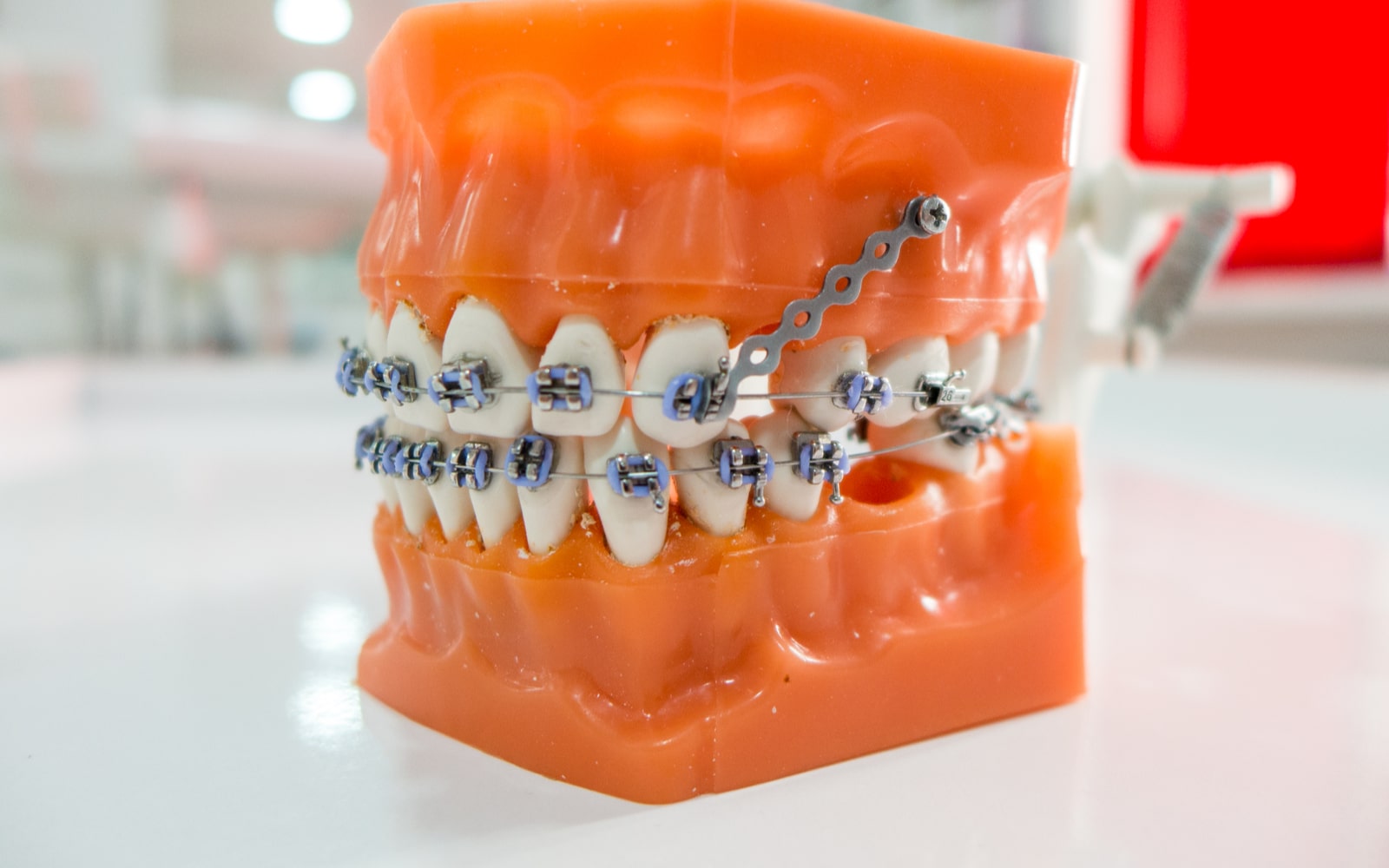Braces are essential in ensuring that misaligned teeth are adjusted into a proper position. They can help to address crooked smiles, overbites, and other orthodontic issues. The underlying principle of any orthodontic treatment is carefully applied pressure. Applying this pressure accurately required that the orthodontic appliances be anchored in ways that allowed them to be precisely targeted. Over the years, there have been innovations in anchorage techniques that have made it easier to accomplish this goal effectively.
Orthodontic Anchorage And How It Improves Results
The anchorage technique was only introduced to the dental industry a little over a century ago. The initial concept was first conceived and applied by Dr. Henry Alber Baker. He discovered that using metal brackets, wires, and elastic bands; he could carefully direct pressure to the necessary places to make desired dental adjustments. Since that day, there have been extensive advancements in anchorage technology and techniques. The results have been notable improvements in the results of orthodontics, better smiles, and happier patients.
Orthodontic anchorage aims to provide a solid point that can be leveraged to apply gradual, constant pressure. The development of these techniques made it possible for patients to receive treatments that weren’t previously possible for them. Even when they were possible, they often involved the use of cumbersome, uncomfortable, and complicated devices such as headgear. Consider the following forms of anchorages used in modern orthodontic dentistry:
- Temporary Anchorage Devices – TADs are among the most recent innovation in addressing dental alignment issues. They are a particular type of titanium screw implanted into the jaw’s bone to provide fixed points for braces to attach to.
- Nance Devices – These devices are fitted to the palette to support the inner workings of our mouths. These are secured within the deepest part of the mouth, providing anchorage points that remove the necessity for external devices.
- Sliding Jigs – These anchorages use wires and elastics combined with a cortical anchorage technique to promote movement in the desired direction. These jigs allow simple adjustments to be made without directly altering the braces.
- Upright Springs – These springs were developed to work with the premolars and are typically combined with additional anchorage methods to retract the molars from undesirable positions.
The growing variety of anchorage techniques makes it possible to address complex dental problems in patients of all ages. These new devices reduce the risk of complications and increase the degree of success experienced by orthodontic treatments. These improved results come from treatments that can be highly personalized to the individual need in ways previous techniques didn’t permit.
Speak To Your Dentist For Additional Information
Understanding the benefits that orthodontic anchorages bring to your care contributes to your ability to be an informed patient. When you’re deciding if it’s time to invest in improving the appearance of your smile, it’s important to know about the processes involved. Reach out to your dentist to get more information about your oral health and determine if orthodontic care with dental anchorages is appropriate for your case.



